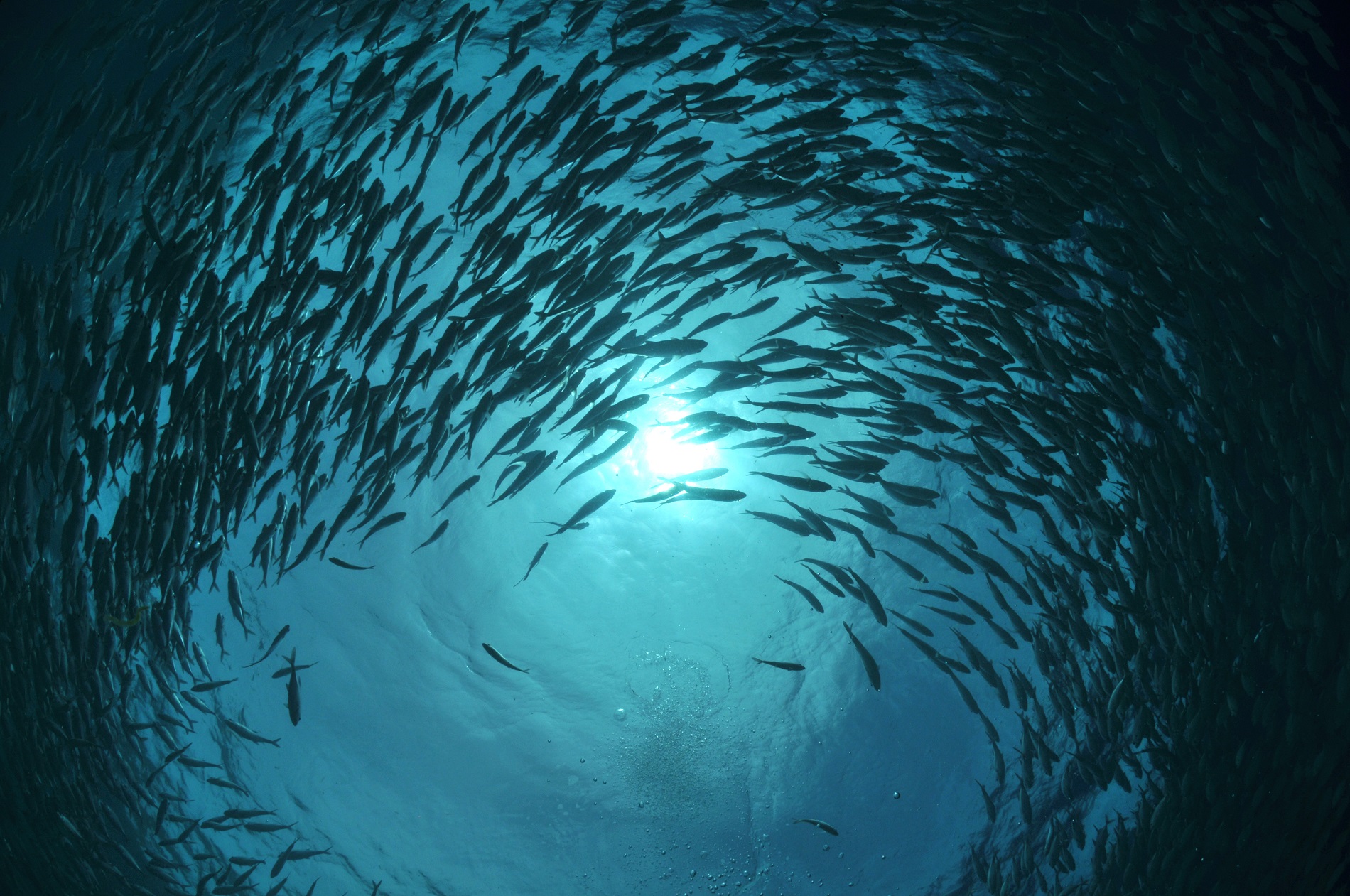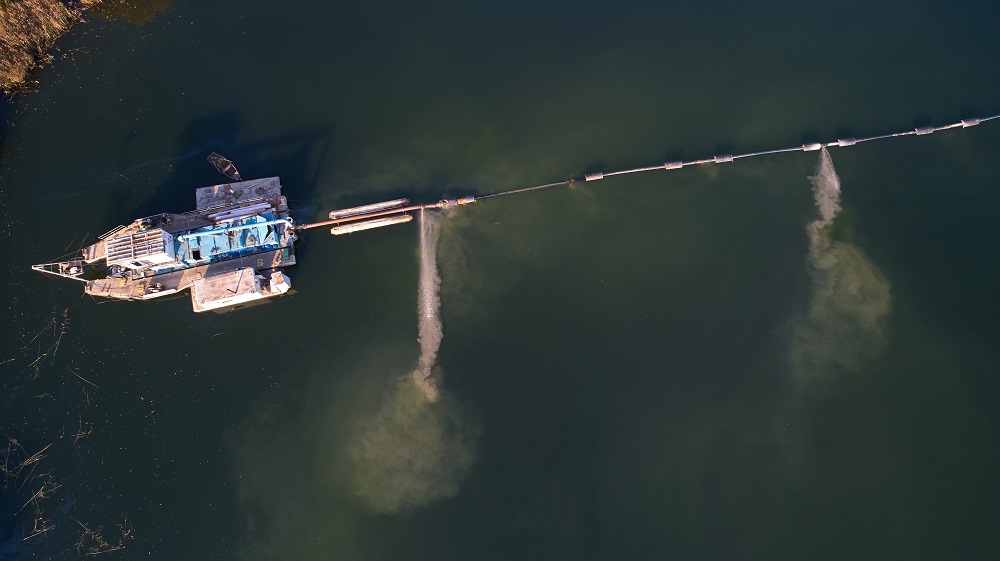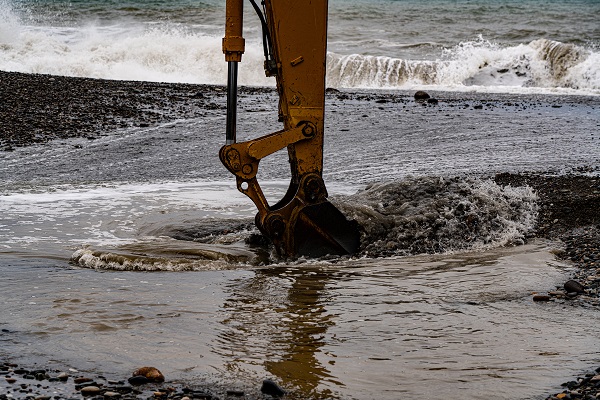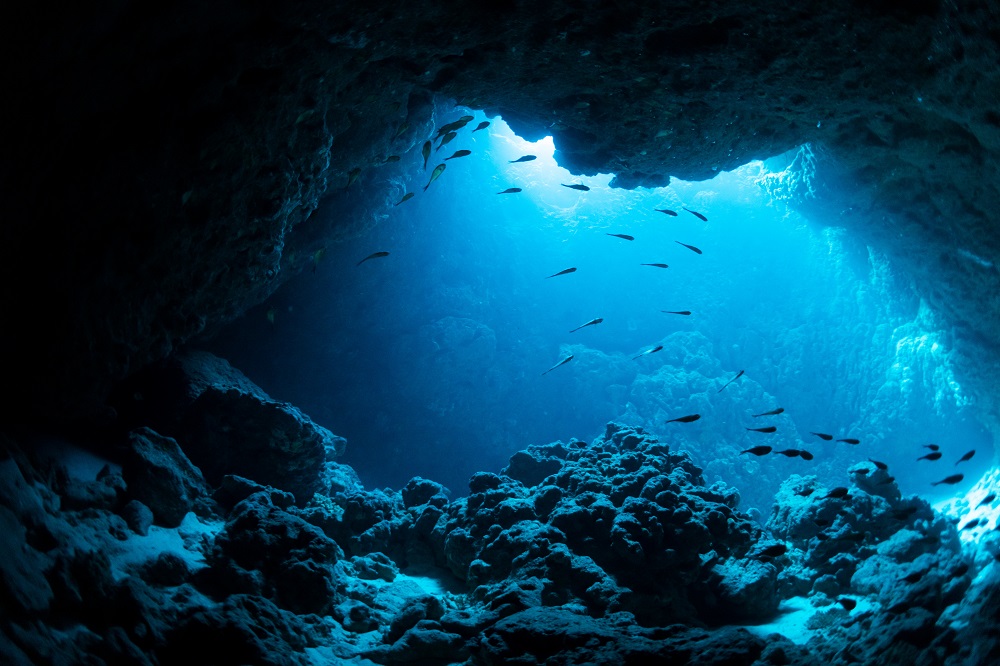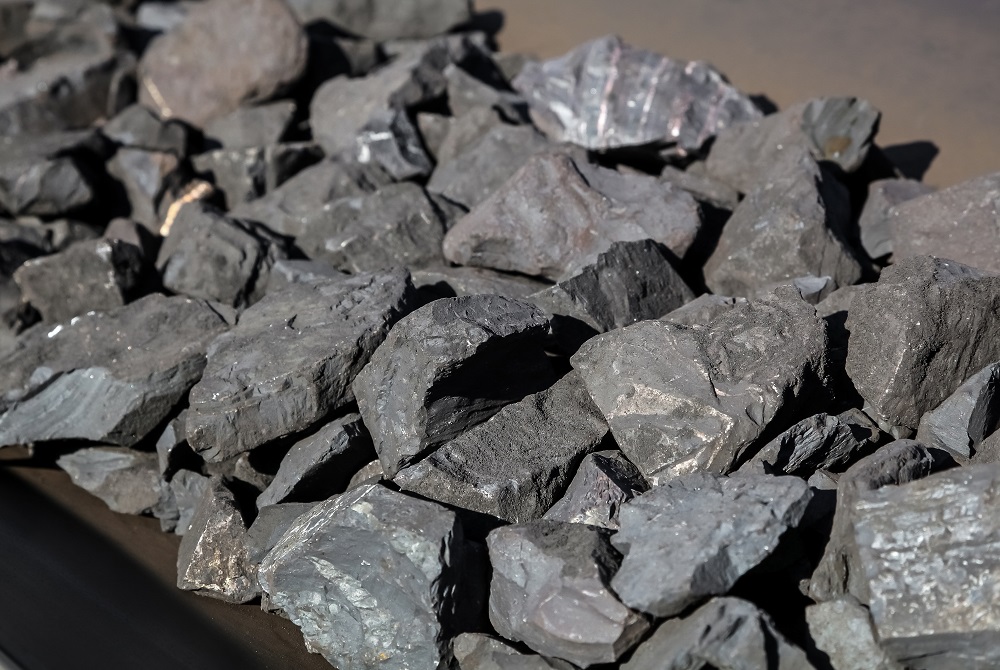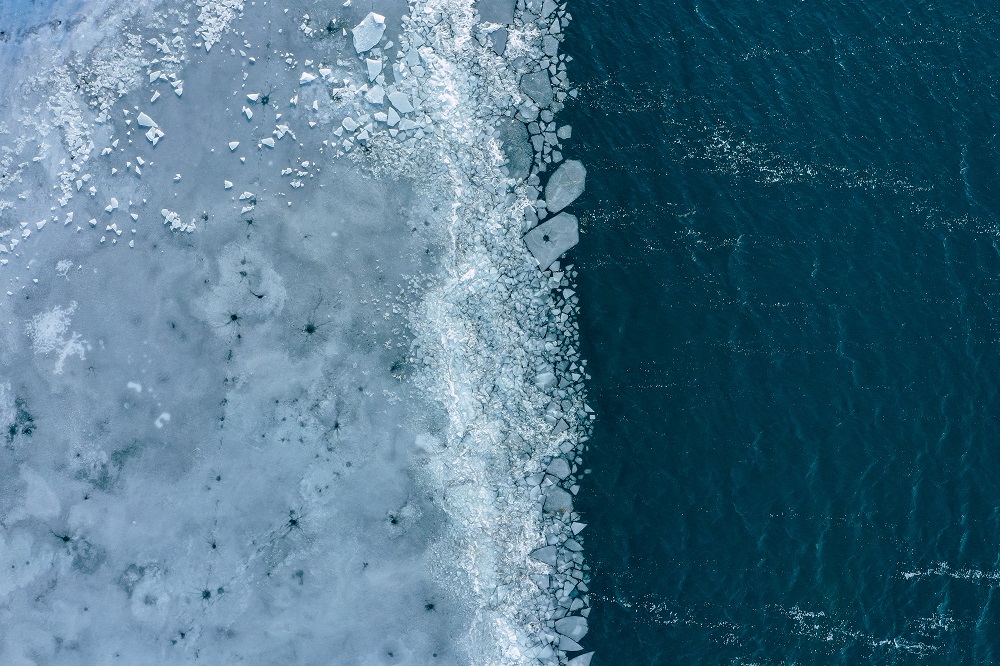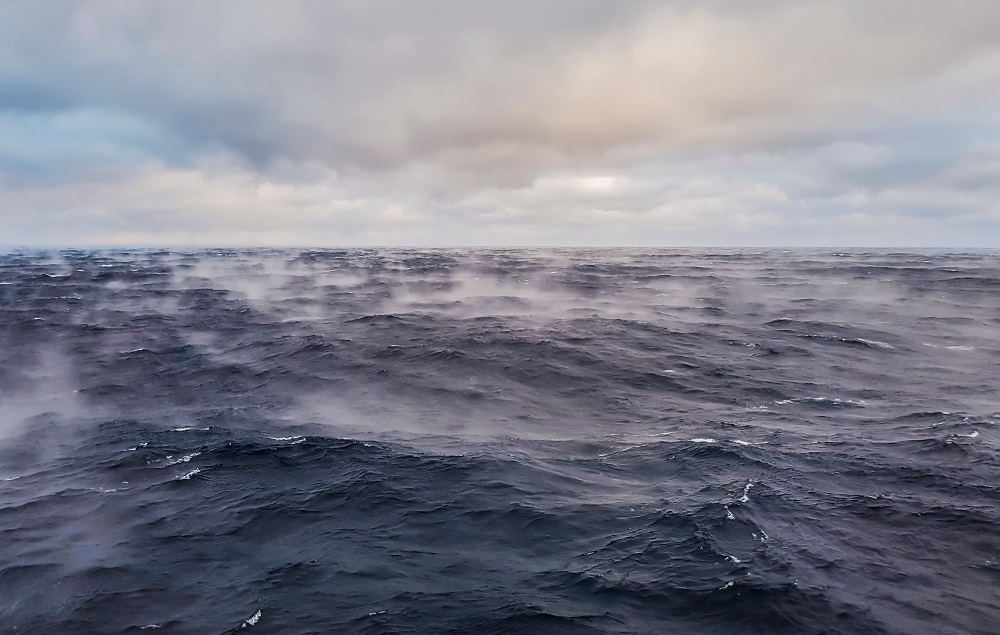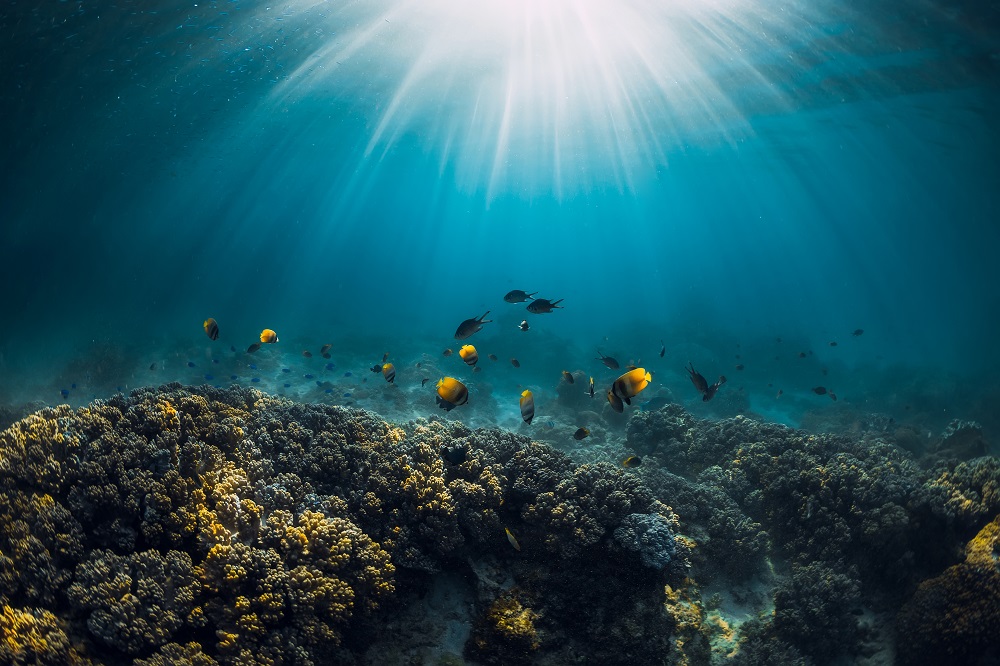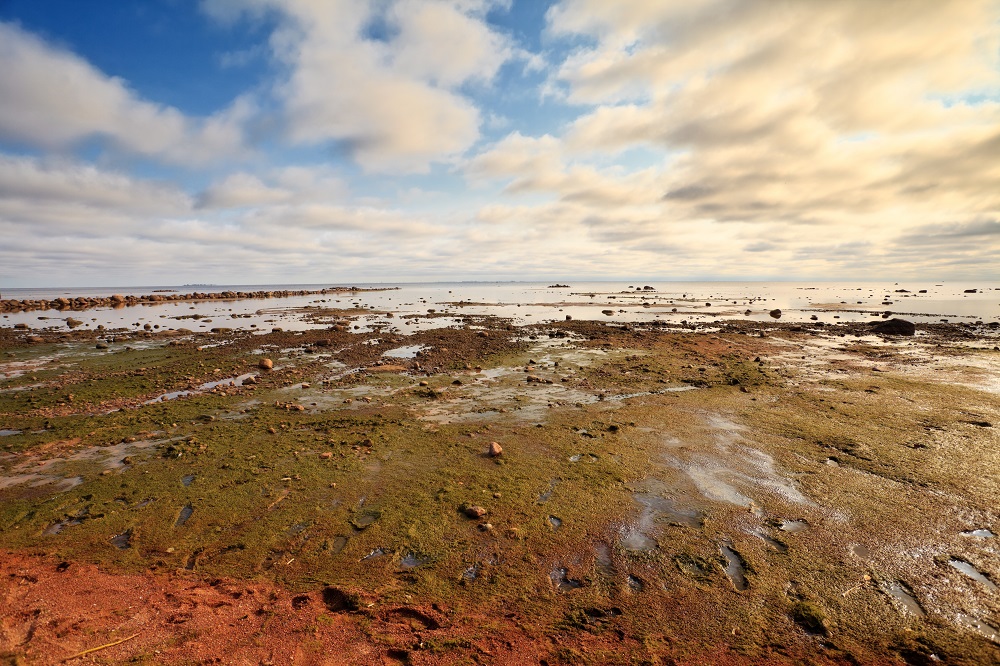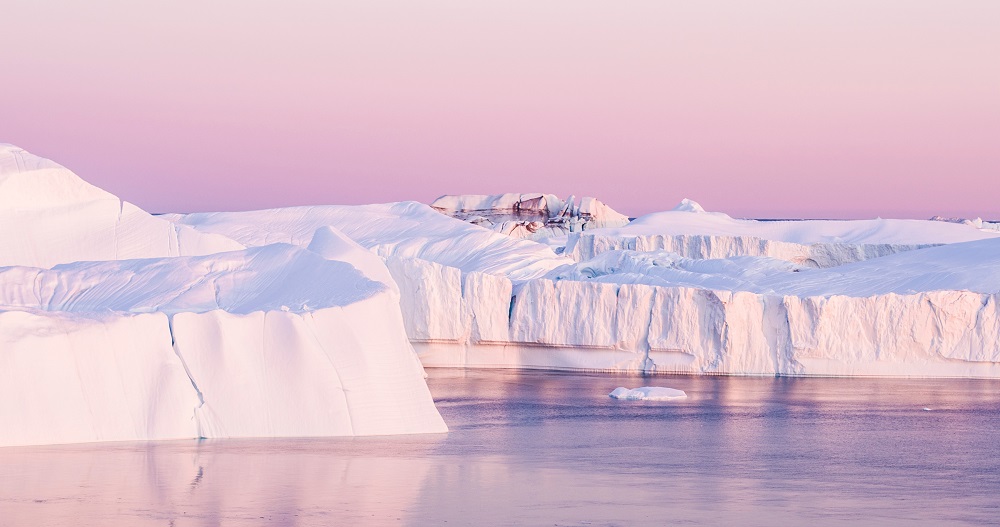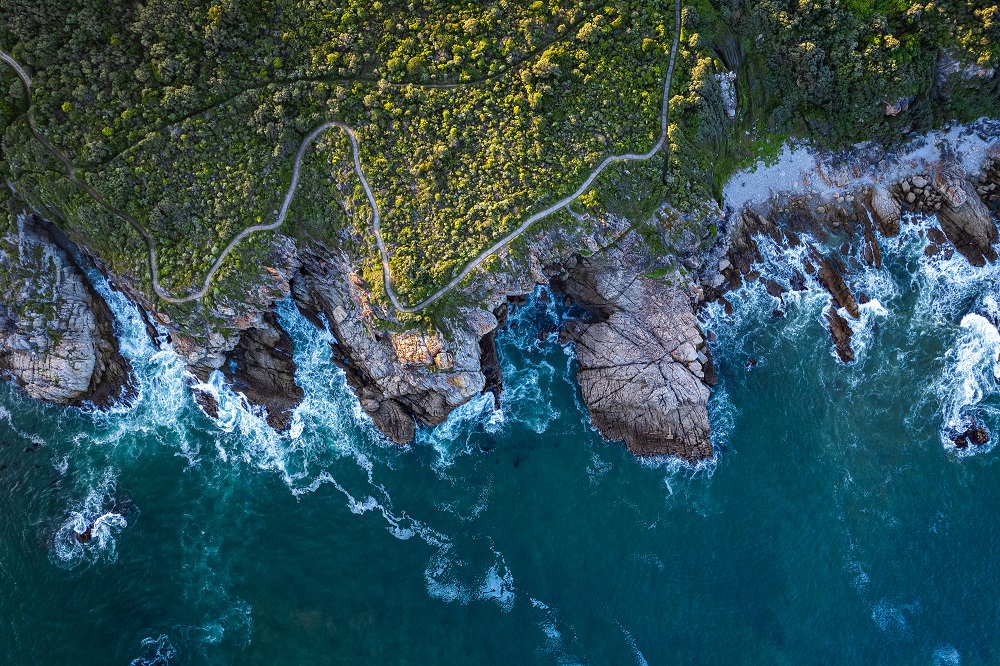The deep-sea mining environment for nodules is between 4,000 to 5,000 metres deep (The other two types of deposits regulated by the ISA – polymetallic sulfides and cobalt crusts – in some cases occur in depths of 800-1000 metres). “This is an area that is physically very stable. It has low current velocities, low current energy from low rates of water flow and the clearest bottom waters anywhere on the planet,” says Professor Smith. “Organisms living there have evolved in an area that has very little suspended sediment and no naturally occurring major disturbances. The structures created by the sponges, sea anemones, soft corals, are all very delicate and will be easily disrupted by any kind of mining activity,” he adds. It’s also a very food-poor area, which means that ecosystems recover from disturbance very slowly and the reproduction and growth of individual organisms is limited by low food availability.
To collect polymetallic nodules embedded in the seafloor, miners will conduct dredging operations, using hydraulic jets and pumps. After this, the materials are pumped up a riser pipe to the surface where they will be dewatered, with the dewatering plume injected back into the ocean at some depth.
Professor Smith outlines the impacts of this extraction. The first is the destruction of the soft corals, sponges and a diversity of other animals growing on the seafloor by dredging activity. Another is the creation of a sediment plume that can spread tens of kilometres from the mine, raising the concentration of suspended sediment. This alone can disturb animals’ activities and functions, clogging their feeding apparatus and respiratory structures, and causing a turbid cloud that prevents light transmission. “It turns out that most species in the deep sea use light in their ecology—they use light to signal for mates to capture prey, to avoid predators and to provide camouflage from predators, all of which will be obscured by the dark cloud of sediment. It’s a potential concern and could be a major environmental impact.”

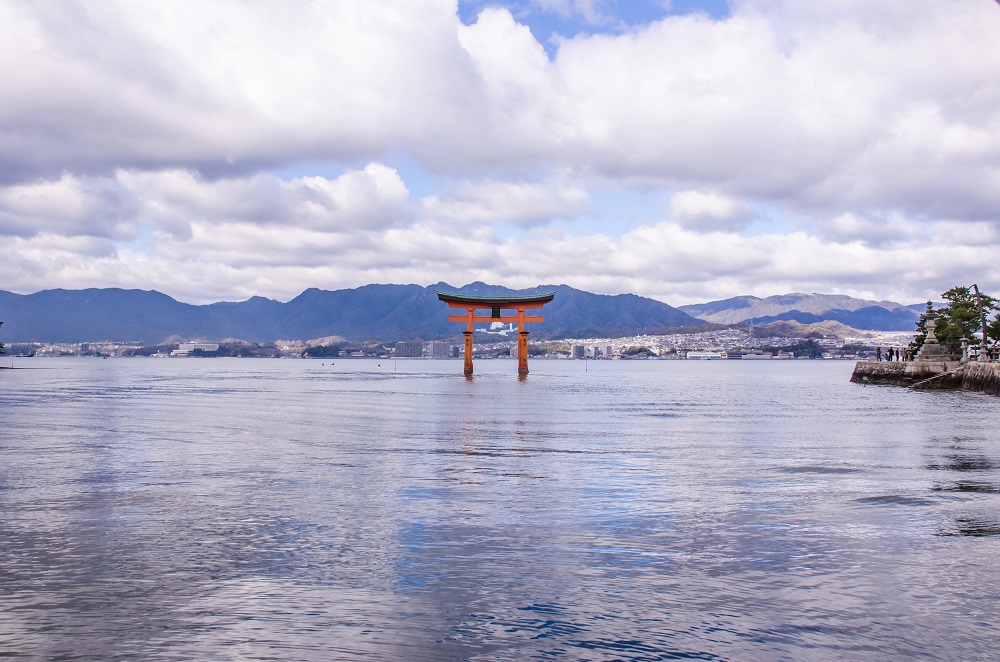

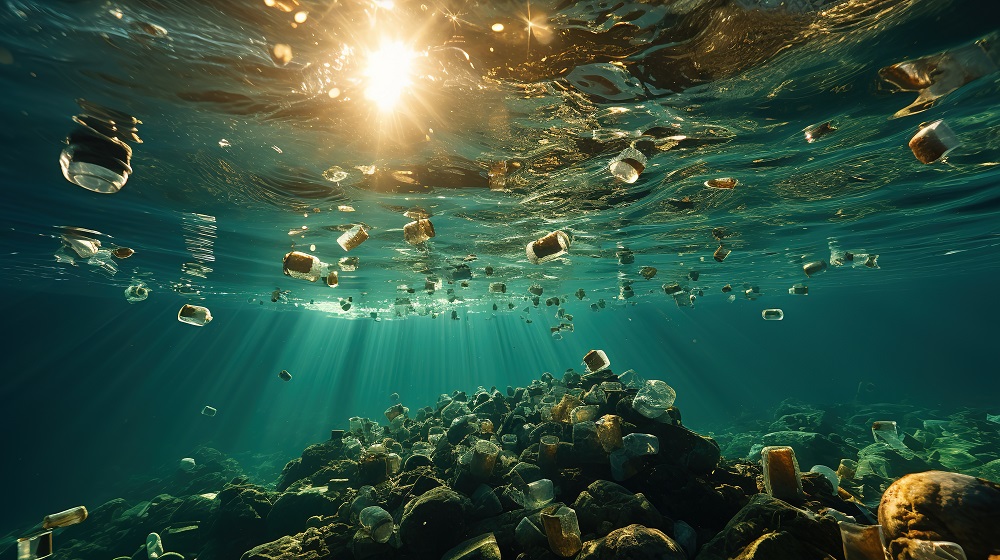






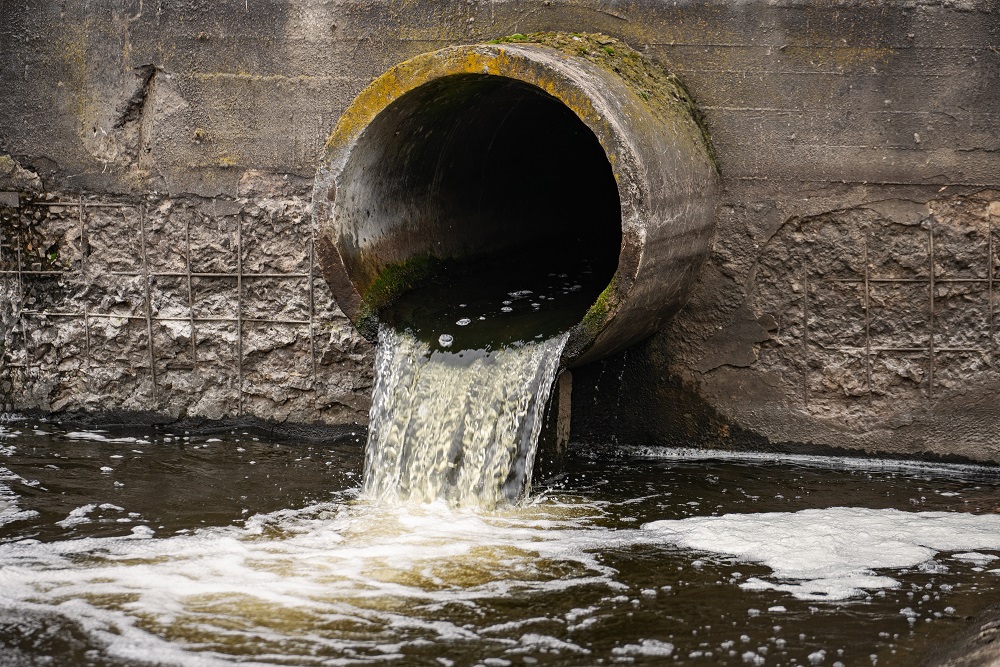 The scourge of untreated wastewater
The scourge of untreated wastewater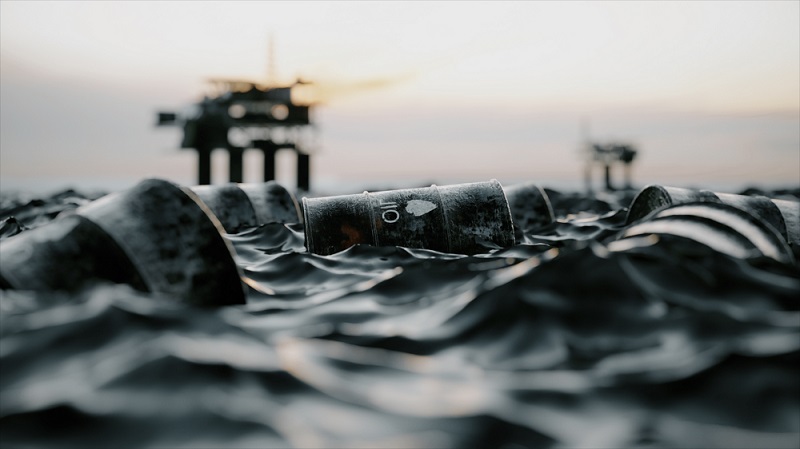 Slowing
the chemical tide: safeguarding human and ocean health amid
chemical pollution
Slowing
the chemical tide: safeguarding human and ocean health amid
chemical pollution Hazardous chemicals in plastics - the discussions at INC
Hazardous chemicals in plastics - the discussions at INC


